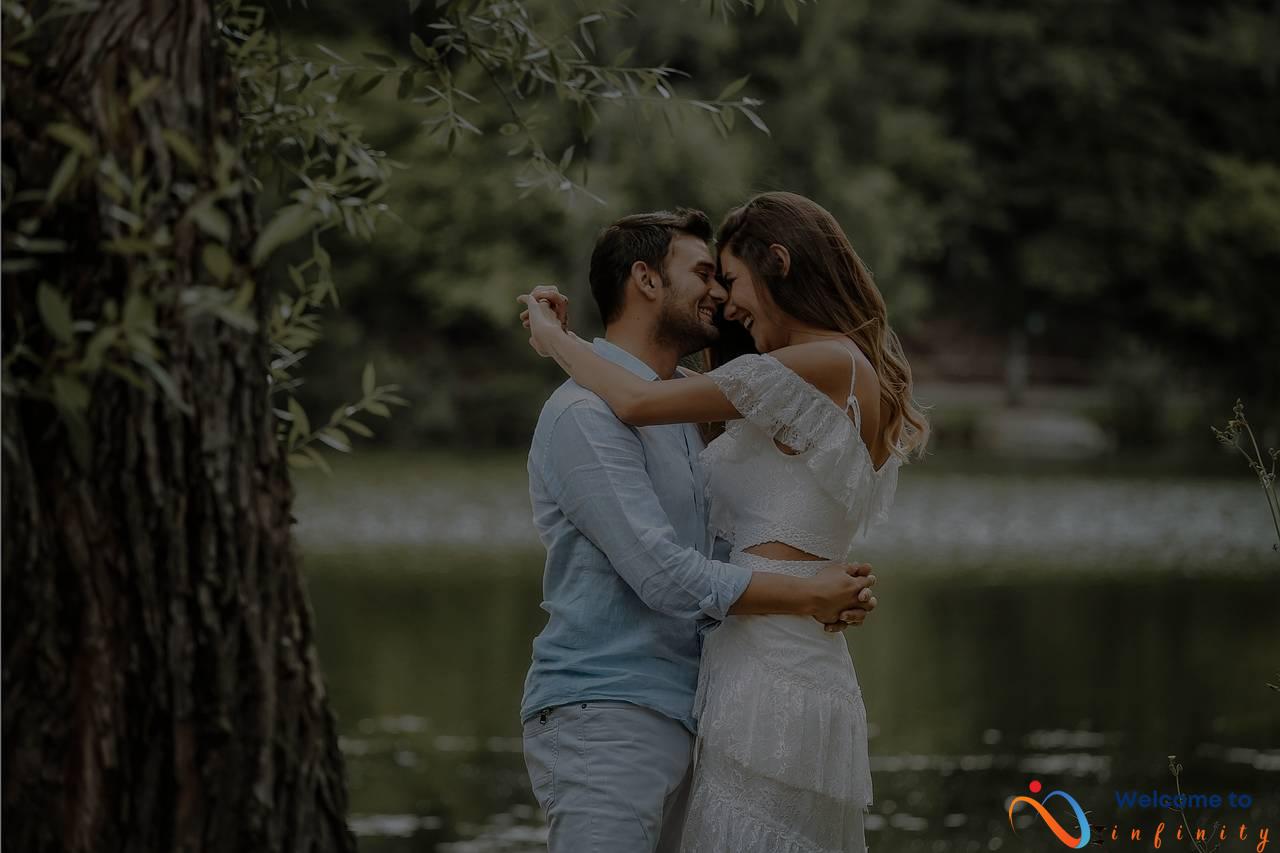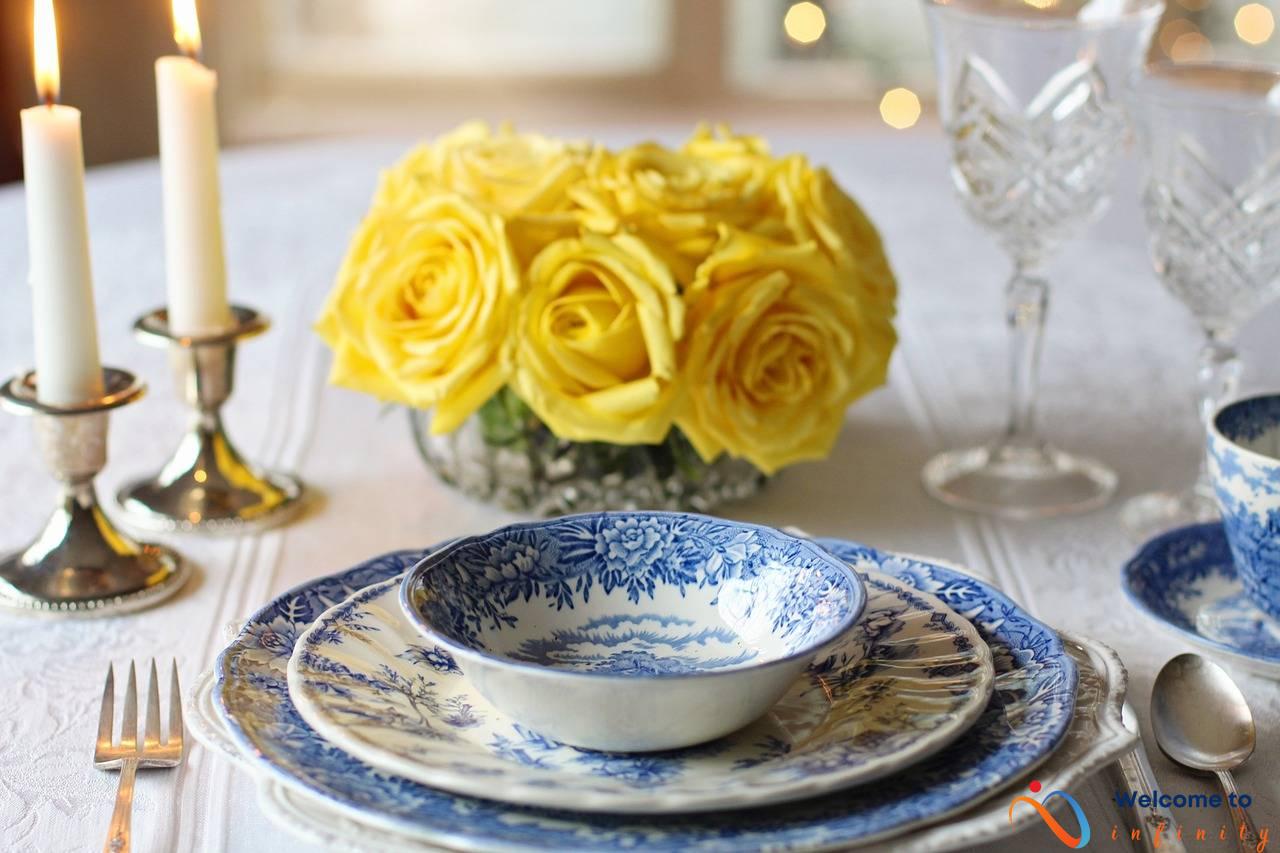Weddings are joyous celebrations of love and commitment, but they are also steeped in rich tradition. From the white wedding dress to the throwing of rice, each tradition holds a special meaning and significance. In this article, we will explore the origins and significance of common wedding traditions, uncovering the stories and legends behind these cherished customs.
The white wedding dress is perhaps the most iconic tradition of modern weddings. However, the history of the white wedding dress dates back to ancient Rome, where brides wore white to symbolize their purity and chastity. The tradition was not popularized in the Western world until Queen Victoria wore a white wedding dress in 1840, setting a new trend that has endured through the ages.
Another popular tradition is the bridal veil, which has been worn for centuries as a symbol of modesty and purity. However, the origins of the veil might surprise you. In ancient times, brides wore veils to protect themselves from evil spirits who might want to curse their happiness. The veil also played a role in arranged marriages, where the bride's face would not be revealed until the last moment to prevent any objections from the groom.
One of the most popular wedding traditions is the old English rhyme: “Something old, something new, something borrowed, something blue.” Each item holds a specific meaning, with “something old” representing continuity, “something new” symbolizing hope and the future, “something borrowed” signifying borrowed happiness and “something blue” expressing purity, love, and fidelity. The rhyme dates back to the Victorian era, and many brides still incorporate these symbolic items into their wedding attire.
The White Wedding Dress
Today, the white wedding dress is synonymous with weddings, but few know its origins. Surprisingly, the tradition of wearing white for weddings only dates back to the mid-19th century. Before that, brides wore dresses in various colors depending on their preferences and social status. In fact, the idea of choosing a special dress just for your wedding day might have been unheard of in earlier times.
The tradition of wearing white likely started in ancient Rome, where a bride would wear a white veil on her wedding day to signify her purity. The white dress began to gain popularity in the 18th century thanks to Queen Victoria, who wore a white gown for her wedding to Prince Albert in 1840. This sparked a trend, and soon many brides were donning white on their big day.
Today, white is still the most popular choice, but there are endless variations in style, cut and design. From traditional ball gowns to modern jumpsuits, brides can choose a dress that reflects their personal style and taste. The white wedding dress has stood the test of time, and each year we see new twists and interpretations of this classic tradition.
The Bridal Veil
The bridal veil is a traditional accessory worn by brides on their wedding day, but its symbolism and purpose have evolved over time. While it is often associated with modesty and purity, the origins of this tradition may surprise you.
The practice of wearing a veil dates back centuries and has historically been linked to religious beliefs and cultural customs. In ancient Rome, brides wore a flame-colored veil to ward off evil spirits. In some traditional Jewish weddings, the bride wears a veil to signify her modesty and humility.
In the Middle Ages, the veil evolved into a symbol of the bride's chastity and purity. It was believed that the veil would protect the bride from temptations on her wedding day. As the tradition grew in popularity, veils became more elaborate and were often made of expensive fabrics, such as silk and lace.
Today, the veil remains a popular accessory for brides. While its symbolism may have changed over time, many brides still choose to wear a veil as a nod to tradition. Some opt for shorter veils to showcase their wedding hairstyle, while others choose longer veils for a more dramatic effect.
In addition to its symbolic meaning, the veil also serves a practical purpose. It can help conceal the bride's face during the ceremony, adding an element of surprise for the groom when she reveals her face after the veil is lifted. The veil can also help protect the bride's hair and makeup from the elements, such as wind or rain.
Overall, the tradition of wearing a bridal veil is steeped in history and meaning. Whether you choose to don a traditional veil or opt for a modern twist on the classic accessory, it remains a poignant symbol of love, commitment, and tradition.
Veiling the Bride
The tradition of veiling the bride has a long and storied history that spans cultures and time periods. In some cultures, veiling the bride is a symbol of obedience, as brides were expected to cover themselves as a sign of submission to their husbands. In others, the veil was a sign of modesty, with the bride covering her face to avoid attracting unwanted attention from male onlookers.
In more recent times, the veil has also been used as a way to ward off evil spirits. Many cultures believed that malicious spirits would be deterred by a veil, which they viewed as a protective talisman. Additionally, some wedding ceremonies have incorporated veiling the bride as a way to mask the bride's identity from evil spirits or jealous suitors who might try to interfere with the union.
Veiling the bride has also been a common practice in arranged marriages, where the bride and groom may not have met prior to the wedding day. In these cases, the veil served as a way to hide the bride's features until after the marriage ceremony was complete. This gave the groom the opportunity to make sure that he was happy with his choice before making a public commitment to the bride.
While the practice of veiling the bride has fallen out of favor in many Western cultures, the tradition remains an important part of many weddings around the world. Whether as a symbol of modesty, obedience, or protection, veiling the bride is a rich and diverse tradition with a fascinating history.
Something Old, Something New, Something Borrowed, Something Blue
When it comes to weddings, the phrase “something old, something new, something borrowed, something blue” has become a popular tradition. But do you know what it actually means?
The tradition dates back to Victorian England, where each item symbolized good luck for the bride on her special day. “Something old” represents continuity and represents the bride's connection to her family and past. It's often an heirloom piece of jewelry or a vintage accessory.
“Something new” symbolizes hope and optimism for the bride's new future with her partner. It's often something new that the bride has purchased for her wedding day, such as her dress or shoes.
“Something borrowed” is meant to symbolize borrowed happiness from a happily married woman. It's often a piece of jewelry borrowed from a family member or friend who has a happy marriage. This is also a way to incorporate loved ones into the wedding day.
Finally, “something blue” symbolizes fidelity and purity. In ancient times, blue was believed to ward off the evil eye. The bride can incorporate blue into her outfit, such as a blue garter or a blue hair accessory.
Overall, the tradition of “something old, something new, something borrowed, something blue” is a way for the bride to pay homage to her family, incorporate loved ones into her special day, and symbolize good luck for her future with her partner.
The Wedding Ring
The wedding ring has been a symbol of love and commitment for centuries. The circular shape of the ring symbolizes eternity and the unending cycle of love. The wedding ring is believed to have originated in ancient Egypt, where it was worn on the fourth finger of the left hand, as it was believed that a vein in that finger led straight to the heart.
In some cultures, the wedding ring is not a ring at all, but a piece of jewelry that is worn on the head, neck, or wrist. In ancient Rome, the bride received two rings – one made of gold that she wore in public, and one made of iron that she wore at home to symbolize her household duties.
- In many Western cultures, the wedding ring is worn on the fourth finger of the left hand, as it is believed to be the finger directly connected to the heart.
- In some Eastern cultures, the wedding ring is worn on the right hand.
- The design of the wedding ring can vary greatly depending on the culture and personal preferences of the couple.
The exchange of wedding rings is often accompanied by traditional vows, in which the couple makes promises to love and cherish each other for the rest of their lives. The ring is a visible symbol of this commitment and reminds the couple of their love and allegiance to each other.
Some couples choose to personalize their wedding rings by engraving special messages or dates on them, making them even more meaningful. The wedding ring is not just a piece of jewelry, but a symbol of everlasting love and commitment between two people.
The Wedding Ceremony
There are many traditions and customs that make up a wedding ceremony. Each element holds its own special meaning and significance. From walking down the aisle to exchanging vows, let's take a closer look at some of the origins and meanings behind these time-honored traditions.
The processional, or walking down the aisle, is often considered one of the most important parts of the wedding ceremony. This tradition dates back to ancient Roman times, where brides would be escorted to the groom's home. In medieval times, the bride would walk through the village to the church, and the wedding procession would be led by a flower and herb-strewing girls, who would symbolize fertility. Today, the processional typically includes the bride and her father or another important figure in her life.
| Element of the Wedding Ceremony | Origin | Meaning |
|---|---|---|
| The Unity Candle | Adapted from a Catholic tradition in the 1970s | Symbolizes the joining of two individual lives into one |
| The Ring Exchange | Originates from ancient Egypt and Rome | The never-ending circle symbolizes eternity and the eternal love between the couple |
| The Kiss | Originates from ancient Rome | Symbolizes the couple's union as husband and wife, and seals their vows |
The exchange of vows is at the heart of the wedding ceremony. This tradition dates back to ancient Rome, where the bride and groom would make promises to the gods to ensure their marriage was blessed. Today, couples often write their own vows, expressing their love, commitment, and promises to each other. The vows are typically sealed with a kiss, symbolizing the couple's union as husband and wife.
As you can see, wedding ceremonies are rich in history and symbolism. Each element has its own special meaning and significance. By exploring these traditions, we can gain a deeper understanding of the true meaning behind this life-long commitment.
Throwing Rice
The tradition of throwing rice at newlyweds is a longtime wedding tradition that originated in ancient times. Historically, it was believed that rice symbolized fertility, thus throwing it at newlyweds was a way of wishing them a fertile and prosperous marriage.
However, in recent years, the tradition has been replaced by alternatives such as bubbles, flower petals or confetti due to the belief that rice can harm birds that may consume it after the wedding ceremony. This ecological shift in wedding traditions has seen the adoption of alternative items that are safer for the environment.
The practice of throwing rice is also associated with an old legend that believed throwing rice would help to keep evil spirits away from the newlyweds. The tiny grains were believed to poke and stab the spirits making them flee the newly married couple. This rice-throwing trend continues to play a meaningful role in weddings, signifying wishes for the couple's prosperity, fertility and the desire for a happy life free from evil spirits.
While rice-throwing is a popular wedding tradition, some venues, especially those concerned about environmental conservation, may prohibit it. Couples, planning a wedding, should clear out traditional practices and ensure that hosts or venue providers are okay with the tradition to avoid any confrontation or breakage of policies on the big day. In conclusion, this ancient tradition, kept alive over time, plays a crucial role in most weddings, and we expect to see it continue to be a part of many wedding ceremonies in the future.
The Wedding Reception
The wedding reception is a cherished part of the wedding celebrations and one that is steeped in tradition and symbolism. From the moment guests arrive at the reception venue, they are welcomed with open arms and treated to a variety of traditional customs that have been passed down for generations. Let's delve into some of the most popular wedding reception traditions:
- Cutting of the Cake: One of the most anticipated events at the wedding reception is the cutting of the cake. The cake is often a multi-tiered masterpiece decorated with flowers, frosting, and elaborate designs. Cutting the cake together symbolizes the couple's commitment to sharing and being supportive of each other.
- The First Dance: Another tradition that holds great symbolism is the couple's first dance as newlyweds. The first dance represents the first steps of their journey together in life.
- The Toasts: Tradition dictates that the father of the bride offers the first toast at the reception, followed by the groom, best man, and the maid of honor. The toasts are an opportunity to share heartfelt sentiments with the newlyweds and wish them a long and happy life together.
Other common wedding reception traditions include the tossing of the bouquet, the garter toss, and the father-daughter dance. But each wedding reception is unique and can include various other elements and customs that are important to the bride and groom.
In conclusion, the wedding reception is a celebration of the couple's union and a chance to share their joy with friends and family. By incorporating tradition and symbolism into their reception, couples create a memorable and meaningful experience that will be cherished for a lifetime.
The Honeymoon
The honeymoon is a tradition that has been around for centuries and is a period of time when newlyweds take a break from the stresses of daily life and embark on a romantic trip together. This tradition has evolved over time and has different meanings and purposes depending on the culture, religion, and time period.
In ancient times, it was customary for the newlywed couple to go into hiding for a month after the wedding to avoid evil spirits and ensure the bride's fertility. This practice was known as “hiding the bride” or “bridal kidnapping” and was common in many cultures around the world. In Europe during the Middle Ages, it was customary for couples to go on a “bridal tour” visiting friends and family after the wedding, and this is considered to be the precursor of the modern-day honeymoon.
Today, the purpose of the honeymoon is to celebrate the love between the newlyweds and create unforgettable memories together. Many couples choose to go on exotic trips and indulge in luxury experiences, while others opt for more low-key and budget-friendly options. Some even choose to take a “mini-moon” and go on a shorter trip right after the wedding, reserving a longer honeymoon for a later date.
The honeymoon can be a time for relaxation, exploration, adventure, or romance, or all of the above. Regardless of the type of honeymoon chosen, it is an important time for the newlyweds to bond and create a strong foundation for their married life. It is also a time to reflect on the wedding and all the joy and happiness it brought, and to look forward to the future as a couple.
Overall, the honeymoon tradition has evolved over time and has different meanings and purposes depending on culture, religion, and time period. Whether it is a romantic getaway or an adventure-filled trip, it is a special time for newlyweds to celebrate their love and create unforgettable memories together.












